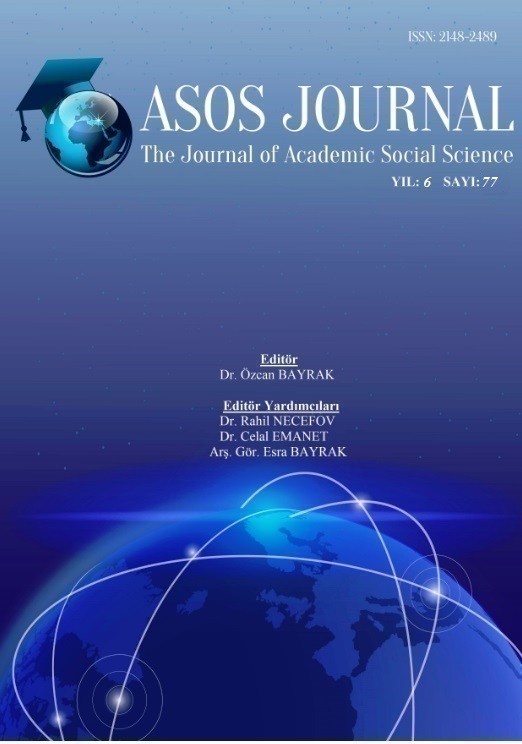Author :
Abstract
Hava, su ve toprak gibi ışık da yaşamın en temel öğelerinden biridir. Doğadaki çoğu şeyin var olması ve büyümesi için ışık gerekir. Sanat kuramcısı Rudolf Arnheim, sanatçının ışık anlayışının insanın genel tutum ve davranışlarını iki biçimde etkilediğini belirtiyor. Birincisi, ışığın nesneleri gerçek ortamı içinde fark edilir duruma getirmesidir. İkincisi ise sanatçının bakış açısıyla nesneleri bilim adamlarının fiziksel gerçeğinden kurtarmasıdır. Işık, estetik bir öğe olarak düşünüldüğünde kullanılan aracın teknik nitelikleri ve yüzey üzerinde eseri ortaya çıkarma sürecinde durmak gerekir. Film sanatında görüntü, ışığa karşı duyarlı film yüzeyinde, video sisteminde ise bant yüzeyinde elektronik olarak oluşur. Belgesel ve kısa filmde aydınlatma, teknik ve estetik nedenlerden dolayı gereklidir. Teknik nedenleri parlaklık, kontrast, renk ısısı ve beyaz dengelemesi olarak ele alınabilir. Estetik aydınlatma filmin mizansenini oluşturması açısından önemlidir. Dijital kameralardaki gelişmeler film yapımındaki aydınlatma şartlarını da değiştirmiştir. Bu çalışmanın kapsamını aydınlatma ve kamera ilişkisinde yeni iletişim teknolojileri oluşturmaktadır. Belgesel ve kısa film çalışmalarında aydınlatma teknolojisindeki gelişmeler ve bunun filmlere yansıması çalışmanın önemini meydana getirmektedir.
Keywords
Abstract
Light, such as air, water and soil, is one of the most basic items of life. Light is needed for most things to exist and to grow. Art theorist Rudolf Arnheim states that the artist's understanding of light affects the general attitudes and behaviors of man in two ways. The first is light brings the objects of the light into a perceivable state in their real environment. The second is that the artist saves objects from the physical reality of the scientists. When light is considered as an aesthetic element, it is necessary to emphasize the technical qualities of the used vehicle and the process of extracting artifacts on the surface. In film art, the image is formed on the surface of the light sensitive film, and in the video system it is formed electronically on the tape surface. Lighting in documentary and short film is necessary for technical and aesthetic reasons. Technical reasons can be considered as brightness, contrast, color temperature and white balance. Aesthetic lighting is important in terms of forming the mise-en-scene. The scope of this work is the creation of new communication technologies in relation to lighting and cameras. In documentary and short film studies, the developments in lighting technology and its reflection on the film brings importance to work.





